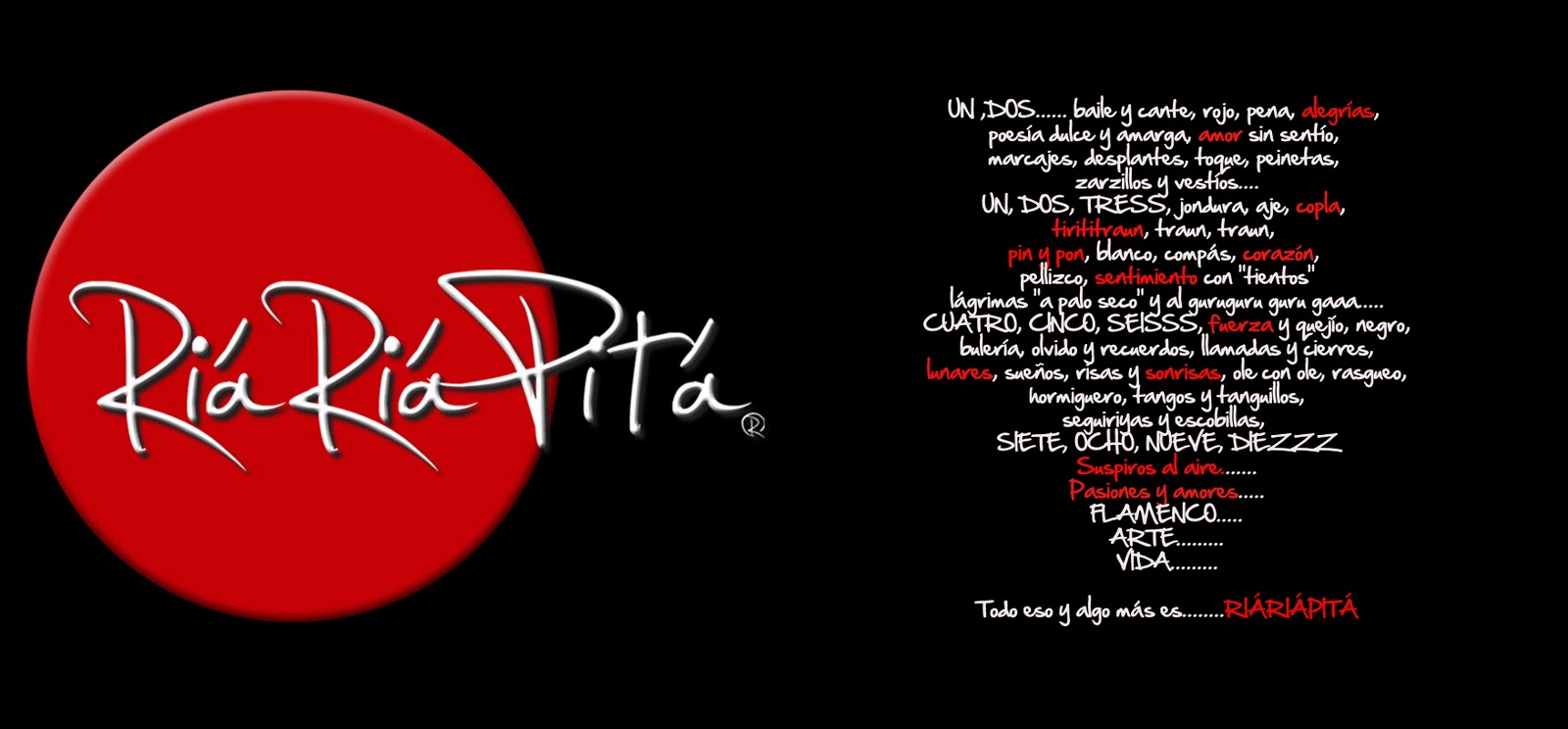Have you ever been in a situation where you needed to plug something in while in a Spanish-speaking country and didn’t know how to ask for the appropriate outlet? Traveling to a foreign country can be an exciting adventure, but it can also be challenging if you don’t speak the local language. Fortunately, learning how to say “plug” in Spanish is relatively easy, and it can make your travels much smoother. Plugs are commonly used in everyday life, regardless of location. By familiarizing yourself with the different terms for plugs in Spanish, you will be better equipped to navigate your travels and communicate effectively.

Image: lalabravisuap.blogspot.com
In this guide, we will provide you with a comprehensive overview of the different ways to say “plug” in Spanish. We will also discuss the latest trends and developments related to plugs, and share tips and expert advice to help you make the most of your travels. So, whether you are planning a trip to a Spanish-speaking country or simply want to learn more about the language, please read on.
¿Qué es un enchufe?
An “enchufe” is the Spanish word for “plug.” It consists of several electrical contacts that connect electrical devices to a power source. Enchufes come in various shapes and sizes, depending on the device they are designed to power as well as regional standards. A power plug is the male end of the connection, while the socket it connects to is called the female end.
It is important to note that different countries have different types of plugs and sockets. Therefore, it is essential to check the compatibility of your devices before traveling to a foreign country. You may need to purchase an adapter to ensure that your devices will work properly.
Different Types of Plugs in Spanish
There are three main types of plugs used in Spanish-speaking countries: Type A, Type B, and Type C. Here is a brief overview of each type:
- Type A: This type of plug is commonly used in North America, Japan, and several other countries. It has two flat parallel prongs.
- Type B: This type of plug is used in North America and several other countries. It has two flat parallel prongs and a round grounding pin.
- Type C: This type of plug is used in Europe, South America, and several other countries. It has two round prongs.
It is important to note that some countries may use a combination of different plug types. Therefore, it is always best to do your research before traveling to ensure that you have the correct adapters.
Tips for Using Plugs in Spanish-Speaking Countries
Here are a few tips to help you use plugs in Spanish-speaking countries:
- Bring an adapter. If you are traveling from a country that uses a different type of plug, you will need to bring an adapter. Adapters are readily available at most travel stores.
- Check the voltage. Before plugging in your device, make sure that the voltage is compatible. The voltage in Spanish-speaking countries is typically 220 volts, which is higher than the voltage in North America (120 volts).
- Use a surge protector. A surge protector can help protect your devices from power surges. This is especially important in areas where the power supply is unstable.

Image: www.youtube.com
Frequently Asked Questions
Here are some frequently asked questions about plugs in Spanish-speaking countries:
- What is the most common type of plug used in Spanish-speaking countries?
Type C is the most common type of plug used in Spanish-speaking countries.
- Do I need an adapter if I am traveling from the United States to a Spanish-speaking country?
Yes, you will need an adapter if you are traveling from the United States to a Spanish-speaking country.
- Where can I buy an adapter?
Adapters can be purchased at most travel stores.
How To Say Plug In Spanish
https://youtube.com/watch?v=IYkTegL_iOY
Conclusion
Learning how to say “plug” in Spanish is a valuable skill that can make your travels much smoother. By familiarizing yourself with the different types of plugs used in Spanish-speaking countries, you can ensure that you have the correct adapters and that your devices will work properly.
We encourage you to explore our other articles on Spanish language and culture. We have a variety of articles to help you learn more about the Spanish language, including articles on grammar, vocabulary, and pronunciation. We also have articles on Spanish culture, history, and travel. Whether you are planning a trip to a Spanish-speaking country or simply want to learn more about the language, we have something for you.